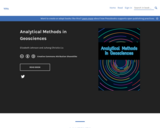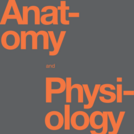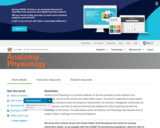
ASL III is the third quarter of the first year study of American Sign Language (ASL) and the people who use it. ASL III will enhance the use of ASL grammar and consist of concentrated efforts to develop the studentęs expressive and receptive skills. The course will continue to provide insights into Deaf Cultural values, attitudes and the Deaf community. Now learning more abstract concepts of the language, ASL III students will be able to: narrate events that occurred in the past, ask for solutions to everyday problems, tell about life events, and describe objects. Students will also be able to: demonstrate intermediate finger spelling competency, generate complex ASL structures with intermediate vocabulary knowledge, execute a wide variety of grammatical principles, including classifiers and inflections, adapt to different sign language registers, dialects and accents, and create opportunities to interact with members of the Deaf community.
- Subject:
- Arts and Humanities
- Languages
- World Cultures
- Material Type:
- Assessment
- Full Course
- Reading
- Syllabus
- Provider:
- Washington State Board for Community & Technical Colleges
- Provider Set:
- Open Course Library
- Date Added:
- 12/10/2019

















